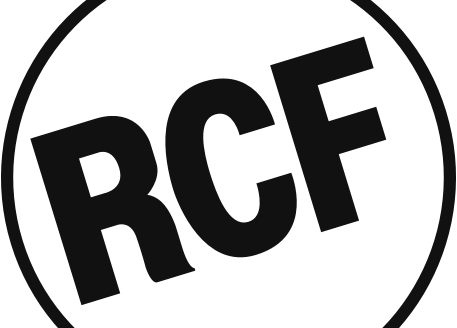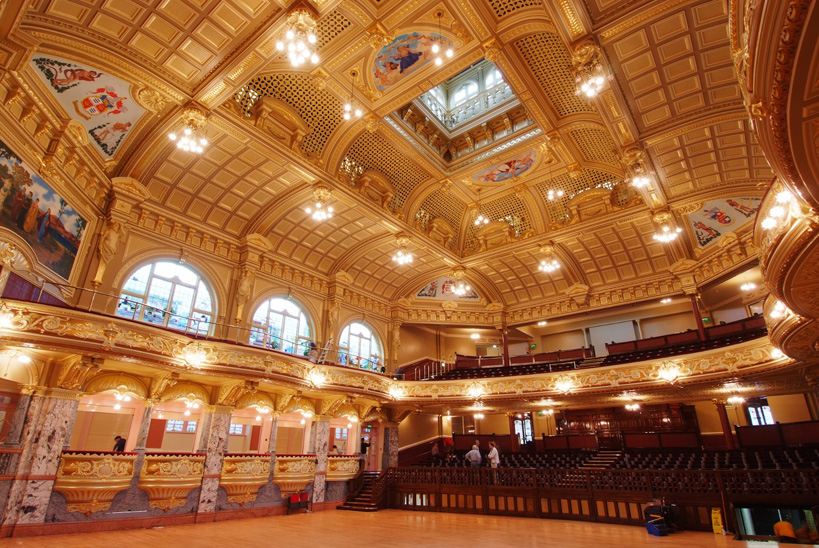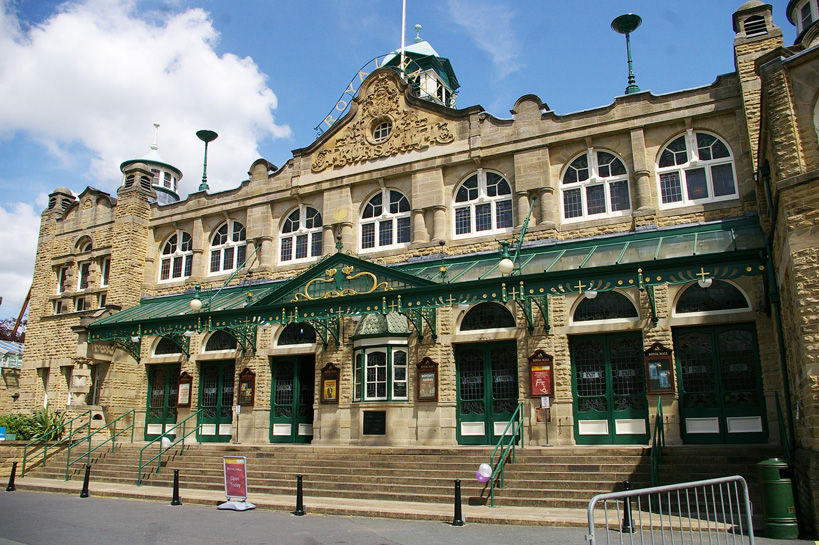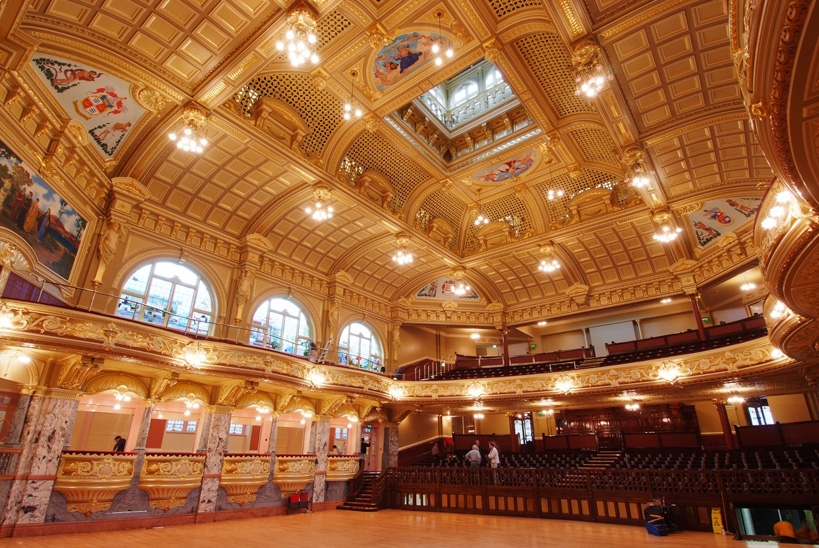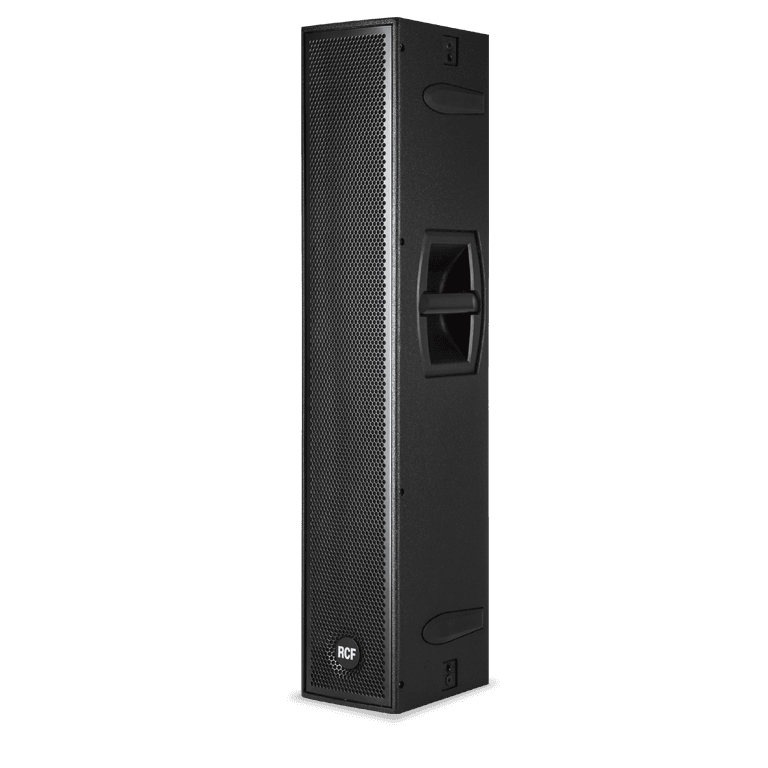Harrogate's iconic Royal Hall advances with RCF steerable system
Seven years after the grandeur of Harrogate’s iconic Royal Hall was restored following an £8m grant-assisted investment, the theatre has installed a digitally steerable RCF column PA system.
With its spectacular décor, the Grade II*-listed 1000 seat multipurpose theatre not only forms part of the large Harrogate International Conference Centre (HIC) but significantly is one of the few surviving Frank Matcham-designed theatres from the Edwardian era. Among its many technological breakthroughs, it remains the last surviving Kursaal, a genre which was particularly popular in spa towns, offering a 360° ambulatory for visitors.
Originally designed 115 years ago, the venue is focused on a wide range of performance, from the three-week International Gilbert & Sullivan Festival to a myriad of community activities. Therefore, the new sound system needed to be versatile and distribute sound evenly across the three tiers, while the heritage listing meant that the system needed to be free standing and easily demountable.
The house’s technical manager, Ross Simpson, and in-house sound engineer, James Burn, pointed out that a raked stage further compromised placement of the PA – and a flown system was not an option.
“Technology has evolved a lot over the past four or five years since we first went digital with our new mixing desk,” said Simpson.
When local rental and installation company AV Matrix hired in their lightweight and steerable active RCF TTL11A-H/TTL11A-B columns — mounted on TTS26 subs — to reinforce last year’s Tour de France opening dinner they believed they had found the solution.
And by the time the Gilbert & Sullivan Festival took place at Harrogate later that summer an identical system had been installed by Mark Parker’s company, along with a pair of NX L-24A active processed columns on each side of the balcony, to delay the sound firing into the upper tiers. The top speakers are inverted for improved acoustic coupling while a loudspeaker management system controls the delay times and preset parameters.
The sophisticated 96 Khz, 32-bit DSP-controlled column speaker array system, composed of two modules — one for the mid-high and one for the bass frequencies — is vertically steerable down to -10° (in 1° increments), either manually or via RCF’s proprietary RDNet software, and delivers 90° horizontal coverage. With the addition of the new TTS26-A subwoofer, the TTL11A system becomes a powerful, compact and high definition live sound system.
James Burn is in no doubt of the benefits the RCF solution has brought, although HIC Yorkshire auditioned several top-line systems before making their decision. “The TTL11-A is a small footprint system, visually unobtrusive, but sufficiently potent to encourage incoming productions to use the in-house set-up. And because we are able to steer the sound dispersion electronically we can achieve even distribution, with far greater intelligibility than what we had previously.
“There’s also better isolation on stage than the previous system. For performers wearing lapel mics the feedback rejection is so much better and we can avoid radio mic feedback when we bring the system forward, if the stage needs to be built out.”
He concluded, “The RCF system delivers even coverage for conference, speech, music, CD playback and awards ceremonies. The sound now gets to the back quite easily and by monitoring the consistent SPL in the control booth we also know it’s not deafening the front rows.”
Related products
NXL 24-A
ACTIVE TWO-WAY ARRAY
- 1,400 Watt Class D bi-amplification
- 4 x 6" Woofers
- 2.5" voice coil RCF Precision C. Driver on a waveguide
- 65 Hz - 20 kHz frequency response
Create your User Area.
